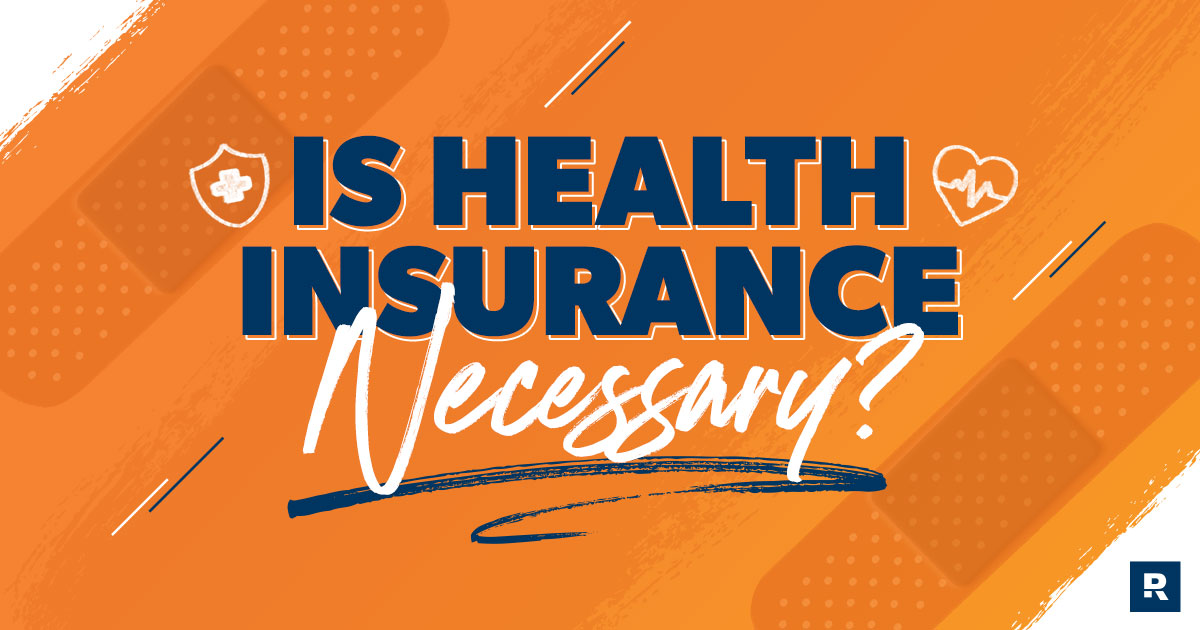Comprehending the Essentials: A Comprehensive Guide to Medical Insurance Options
In today's facility health care landscape, browsing the myriad medical insurance options can be discouraging. A clear understanding of the numerous kinds of strategies-- such as HMO, PPO, EPO, and POS-- together with vital economic terms like copayments, deductibles, and premiums, is important for making educated decisions - health insurance agent Houston. Just how do these elements engage to form your health care experience and economic well-being? This guide intends to debunk the elaborate world of wellness insurance coverage, equipping you with the understanding to pick a plan that lines up with your personal healthcare demands and financial objectives.
Kinds Of Health Insurance Coverage Plans
When navigating the facility landscape of medical care protection, comprehending the various kinds of health insurance strategies is essential. Mainly, health and wellness insurance strategies can be categorized right into four main kinds: Health care Company (HMO), Preferred Company Organization (PPO), Exclusive Service Provider Company (EPO), and Factor of Service (POS) plans. Each kind provides unique features and benefits, tailored to meet diverse healthcare demands.
HMO plans call for members to pick a medical care doctor (PCP) and obtain recommendations from the PCP to see experts. This model highlights preventative care and usually limits insurance coverage to a network of carriers, which aids to control expenses. On the other hand, PPO plans give higher versatility, allowing participants to see any type of doctor without a referral, though they incentivize utilizing network suppliers through minimized costs.
EPO strategies merge aspects of HMO and PPO strategies, offering lower prices but requiring members to make use of a certain provider network without needing references. health insurance agent Houston. POS plans integrate characteristics of HMOs and PPOs, necessitating a PCP and references while permitting out-of-network treatment at higher out-of-pocket costs. Recognizing these distinctions is vital for selecting a strategy that straightens with individual medical care choices and demands
Comprehending Costs and premiums
Premiums vary based on factors such as the person's age, place, and kind of strategy picked. It's essential to keep in mind that a lower costs might not constantly correspond to decrease general prices, as these plans may have higher deductibles and out-of-pocket costs.
Along with costs, various other expense considerations consist of deductibles, copayments, and coinsurance. The insurance deductible is the quantity you pay prior to the insurance starts covering your clinical costs. Strategies with greater deductibles frequently have lower premiums. Copayments are fixed amounts paid for specific solutions, such as medical professional visits, while coinsurance is a percentage of the expense shared in between the insured and the insurance firm after fulfilling the insurance deductible.
Recognizing these expenses can help you approximate your possible health care expenditures and select a plan aligning with your spending plan and health care needs. Assessing expenses versus coverage will certainly allow you to select a strategy that uses the most value and security.
Coverage and Conveniences Explained
Although comprehending the breadth of coverage and benefits is essential in selecting the best wellness insurance strategy, the specifics can commonly be complex. Health insurance policy coverage typically consists of essential wellness benefits such as hospitalization, outpatient treatment, emergency solutions, maternal and newborn care, mental health services, and prescription medications. Additionally, preventative services like screenings and inoculations are frequently covered without a co-payment, as mandated by the Affordable Treatment Act for compliant strategies.
Each strategy may vary substantially in regards to insurance coverage levels and exclusions. It is critical to scrutinize the Summary of Advantages and Protection (SBC) paper, which lays out protected solutions, cost-sharing responsibilities, and any exemptions or constraints. Some plans might cover different treatments such as chiropractic treatment, while others do not.

Very carefully examining the degree of protection and advantages ensures that the selected strategy straightens with private wellness demands and financial situations, supplying essential protection and assurance.
Navigating Provider Networks
In the realm of medical insurance, comprehending service provider networks is vital for making sure accessibility to preferred medical solutions and handling expenses efficiently. Service provider networks are a collection of medical care experts, facilities, and solutions that have partnered with insurance policy business to supply healthcare to guaranteed people. These networks typically include health care physicians, specialists, medical facilities, and other doctor. They are structured to provide clients a range of choices while keeping cost-efficiency for both the insurer and the guaranteed.
The sort of company network in a health strategy considerably impacts individual out-of-pocket expenses and accessibility to care. Typical network kinds include Wellness Maintenance Organizations (HMOs), Preferred Provider Organizations (PPOs), and Exclusive Service Provider Organizations (EPOs) HMOs require choosing a health care medical professional and acquiring referrals for experts, typically resulting in lower prices however much less flexibility. PPOs supply higher adaptability by enabling people to see any copyright, though using in-network carriers causes lower expenses. EPOs incorporate elements of both, offering no insurance coverage for out-of-network services other than in emergencies.
To navigate properly, it is necessary to examine each strategy's network details, making sure recommended companies and his comment is here centers are consisted of, and take into consideration how network constraints line up with personal healthcare this content needs.
Key Terms and Meanings
Understanding crucial terms and interpretations in wellness insurance policy is important for making educated decisions about protection choices. Knowledge with these terms can aid people understand their policy papers, contrast strategies properly, and anticipate potential expenses.
" Copayment" or "copay" is the fixed fee paid by the insured person for particular solutions, such as physician brows through or prescriptions. Additionally, "coinsurance" describes the percent of prices that the guaranteed have to pay after fulfilling the insurance deductible. Understanding the "out-of-pocket optimum" is additionally vital; it represents the most an individual will certainly pay in a plan duration, after which the insurance provider covers 100% of allowable costs.
Moreover, terms like "network" relate to the group of health care carriers got with an insurance provider to supply solutions at minimized rates. Finally, the "Description of Advantages" (EOB) is a record sent out by insurance firms outlining what was covered, what the patient owes, and why. Understanding these terms help in navigating wellness insurance coverage landscapes effectively.

Conclusion
By straightening health care choices with the proper plan, ample insurance coverage and monetary safety and security can my website be ensured. Browsing company networks and comprehending insurance coverage and benefits even more enhance the capacity to select an optimal wellness insurance strategy.
When browsing the complex landscape of healthcare protection, understanding the different types of wellness insurance strategies is essential. Largely, health insurance policy plans can be classified right into four major types: Health and wellness Maintenance Organization (HMO), Preferred Provider Organization (PPO), Exclusive Provider Organization (EPO), and Factor of Service (POS) strategies.EPO plans merge components of HMO and PPO strategies, offering reduced costs yet requiring members to make use of a specific supplier network without requiring referrals.Although comprehending the breadth of protection and advantages is essential in choosing the right health and wellness insurance policy strategy, the specifics can often be complex. Browsing company networks and comprehending coverage and benefits additionally boost the ability to choose an ideal health and wellness insurance policy strategy.